










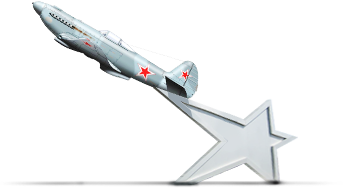








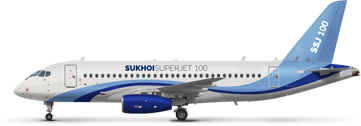













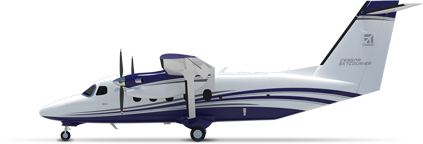
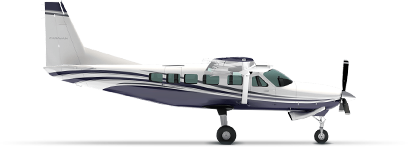









Войти на сайт


RussianPlanes.net - наша авиация. Самолёты и вертолёты
RussianShips.net - наш флот. Речные и морские суда и корабли
RussianTrains.info - наши железные дороги. Локомотивы и подвижной состав
RussianRockets.net - наш космос. Ракеты и космические корабли
Wingeds.world - крылатые. Фотографии птиц


Поиск

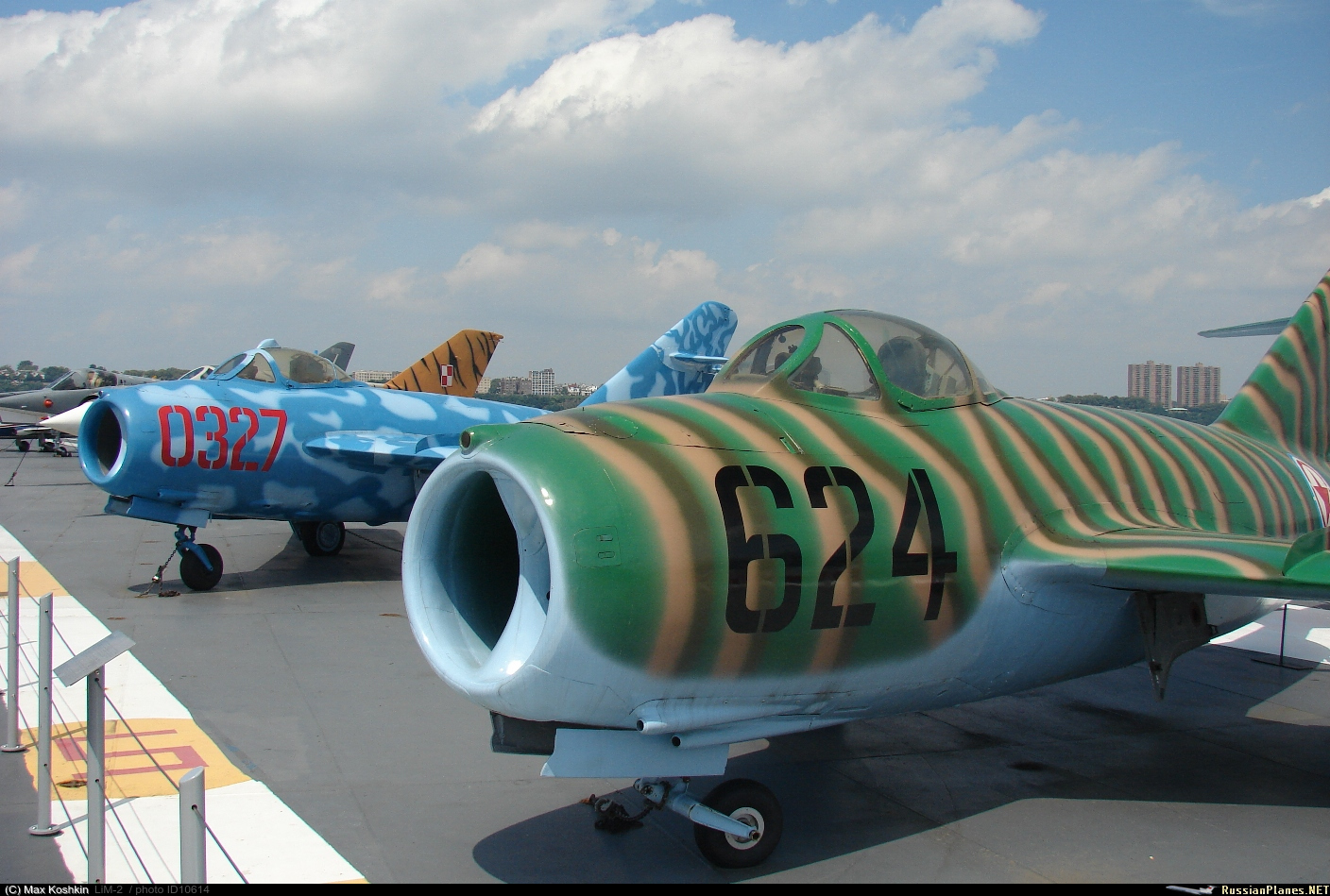

Russian designers Artem Mikoyan and Mikhail Gurevich became legendary by designing the MiG-15 (1947–48), an interceptor that could protect the Soviet Union from America’s strategic bombers such as the B-29 Superfortress. The MiG-15’s Klimov VK-1 turbojet engine propelled this single-seat fighter to speeds of 669 mph (1,075 kph) at altitudes up to 50,850 feet (15,500 meters). Over 12,000 MiG-15s were built and, counting license-built examples, the number probably reached 18,000.
The MiG-15 secured its place in history during the Korean War (1950–53), where North Korean, Chinese, and Russian pilots flew it against United Nations forces. The MiG-15 also made history on September 21, 1953 when a North Korean pilot defected to South Korea with his aircraft.
This MiG-15, displayed on the flight deck, is a Chinese-built example that is painted in the colors of one of the Soviet ace pilots during the Korean War. It was purchased by the Intrepid Sea, Air & Space Museum in 2006.
(с официального сайта)
Russian designers Artem Mikoyan and Mikhail Gurevich became legendary by designing the MiG-15 (1947–48), an interceptor that could protect the Soviet Union from America’s strategic bombers such as the B-29 Superfortress. The MiG-15’s Klimov VK-1 turbojet engine propelled this single-seat fighter to speeds of 669 mph (1,075 kph) at altitudes up to 50,850 feet (15,500 meters). Over 12,000 MiG-15s were built and, counting license-built examples, the number probably reached 18,000.
The MiG-15 secured its place in history during the Korean War (1950–53), where North Korean, Chinese, and Russian pilots flew it against United Nations forces. The MiG-15 also made history on September 21, 1953 when a North Korean pilot defected to South Korea with his aircraft.
This MiG-15, displayed on the flight deck, is a Chinese-built example that is painted in the colors of one of the Soviet ace pilots during the Korean War. It was purchased by the Intrepid Sea, Air & Space Museum in 2006.
(с официального сайта)
Building upon the Korean War (1950–53) success of the Soviet MiG-15, the single-seat MiG-17 (1950) fighter had thinner wings that were more sharply swept back, a longer fuselage with a somewhat redesigned tail, and an afterburner on the Klimov VK-1 engine, all of which enabled greater speed up to 711 mph (1,144 kph) and improved handling characteristics. Variants of the MiG-17 served in approximately 30 air forces worldwide. More than 6,000 examples were fabricated by the Soviet Union alone until production ended in 1958.
The MiG-17’s maneuverability and cannon-armament proved legendary in dogfights of the Vietnam War (1964–75). It could out-maneuver American missiles and out-fly larger, faster American jet fighters. Four North Vietnamese pilots became aces flying the MiG-17.
The North Atlantic Treaty Organization (NATO) gave the code name “Fresco” to the MiG-17, but the North Vietnamese called the unpainted ones “Silver Swallows” and camouflaged ones “Snakes.” This Polish-built aircraft is painted as a camouflaged example in the North Vietnamese Air Force. It was acquired by the Intrepid Sea, Air & Space Museum in 2007, and is displayed on the flight deck.
(с официального сайта)
Building upon the Korean War (1950–53) success of the Soviet MiG-15, the single-seat MiG-17 (1950) fighter had thinner wings that were more sharply swept back, a longer fuselage with a somewhat redesigned tail, and an afterburner on the Klimov VK-1 engine, all of which enabled greater speed up to 711 mph (1,144 kph) and improved handling characteristics. Variants of the MiG-17 served in approximately 30 air forces worldwide. More than 6,000 examples were fabricated by the Soviet Union alone until production ended in 1958.
The MiG-17’s maneuverability and cannon-armament proved legendary in dogfights of the Vietnam War (1964–75). It could out-maneuver American missiles and out-fly larger, faster American jet fighters. Four North Vietnamese pilots became aces flying the MiG-17.
The North Atlantic Treaty Organization (NATO) gave the code name “Fresco” to the MiG-17, but the North Vietnamese called the unpainted ones “Silver Swallows” and camouflaged ones “Snakes.” This Polish-built aircraft is painted as a camouflaged example in the North Vietnamese Air Force. It was acquired by the Intrepid Sea, Air & Space Museum in 2007, and is displayed on the flight deck.
(с официального сайта)
В 2012 году передан в Empire State Aerosciences Museum, чтобы освободить место для шаттла «Энтерпрайз» (было передано несколько самолётов).
Лицензионный LiM-2, построен в Польше.
В 2012 году передан в Empire State Aerosciences Museum, чтобы освободить место для шаттла «Энтерпрайз» (было передано несколько самолётов).
Лицензионный LiM-2, построен в Польше.
Авторизуйтесь на сайте, чтобы добавить комментарий.


